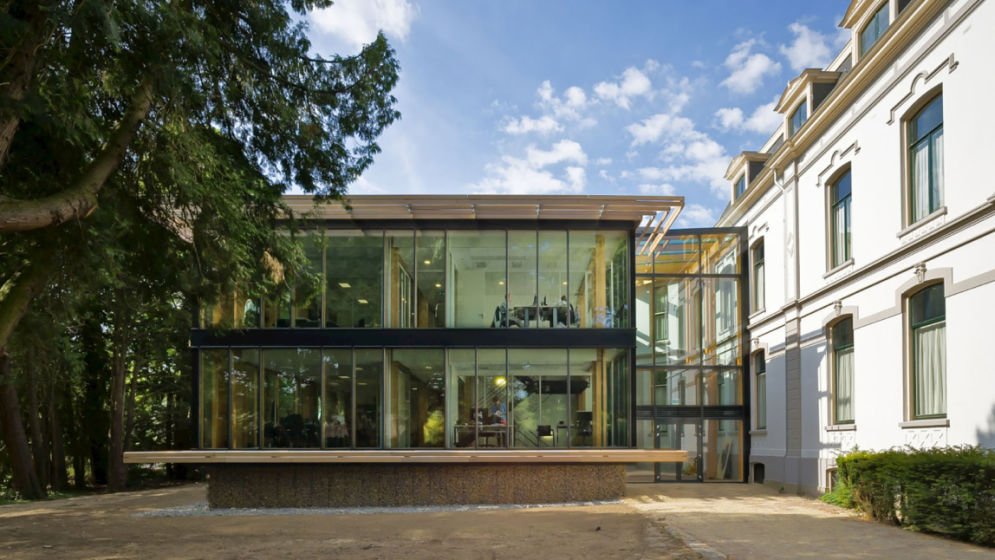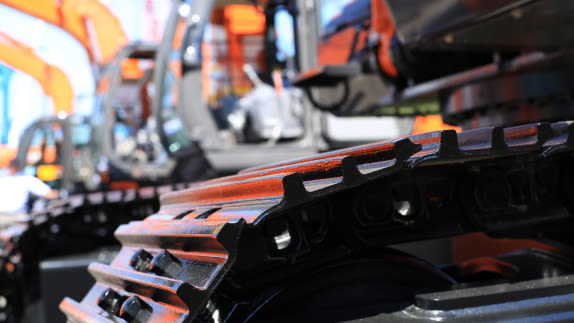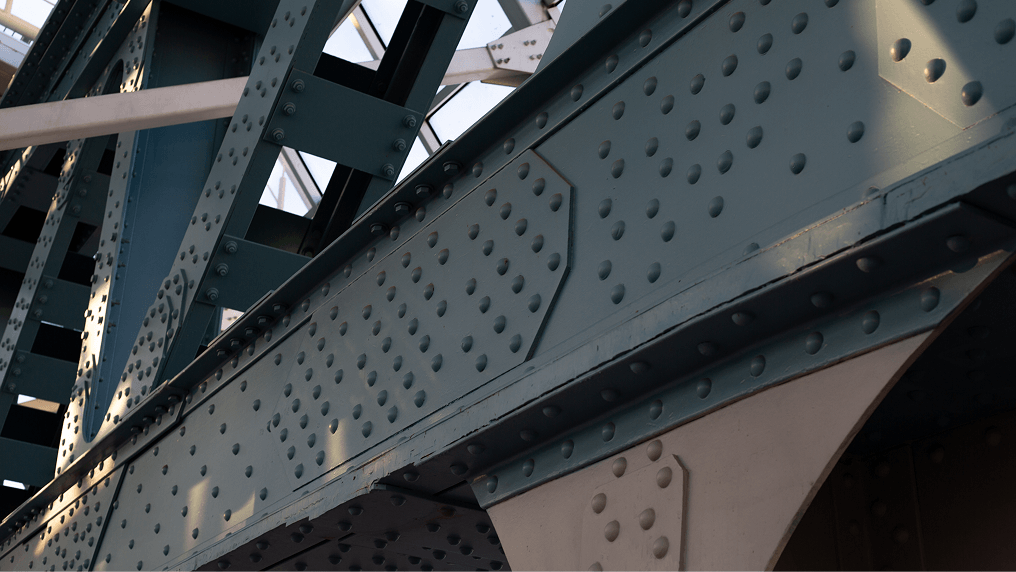Capturing components and materials at the end of a building’s use phase requires a conscious decision at the design stage, so that the building is seen not only as an aesthetic and functional entity, but also a future material store.
In Brummen in the Netherlands, a new town hall was needed, but there was concern that, due to shifting district boundaries, the building could become redundant in the foreseeable future. The municipality therefore decided to commission a building with a fixed service life of 20 years.
The architect, Thomas Rau, responded to the municipality’s needs by designing a Lego-like structure where 90% of the materials could be dismantled and reused after 20 years. To achieve this ambitious target, difficult-to-recycle concrete was avoided, and instead the construction favoured high quality prefabricated timber elements, with design tweaks introduced by the supplier, allowing for maximisation of future reuse.

Image credit: Petra Appelhof
What makes it circular?
The materials that are used for construction have the potential to be very long lasting, as evidenced by the countless historic buildings that make up our built environment. Despite this proven durabilitydurabilityThe ability of a product, component or material to remain functional and relevant when used as intended., more commonly when a structure is no longer needed, the potential longevity and residual value are not realised because the structure is not easily de-constructed, and therefore materials cannot be economically recovered to be used in future buildings.
For Brummen Town Hall, from the outset the building was designed for future reusereuseThe repeated use of a product or component for its intended purpose without significant modification. and modular assembly. Furthermore the whole structural assembly was recorded in a material passport (see below), turning it into a raw material depot for future buildings.
Benefits
Reduced carbon emissions – circular approaches to the built environment, such as reuse, could reduce emissions associated with buildings by 38%.
According to the contractor BAM, the design of the Brummen Town Hall guarantees that building materials will have 20% residual value at the end of the building life.
The modular construction method also significantly reduced the construction period, leading to cost savings.
A material with a passport
Brummen Town Hall received the world’s first materials passport that records information related to the building’s materials, components, and products.
In this way the Town Hall has exceeded its primary function becoming, as Thomas Rau describes, “a material depot” for future buildings”.
A material passport provides two key things:
It acknowledges that a material exists in a particular structure (e.g. a ship, or a building) and therefore has a value.
It identifies the most useful future destination.







